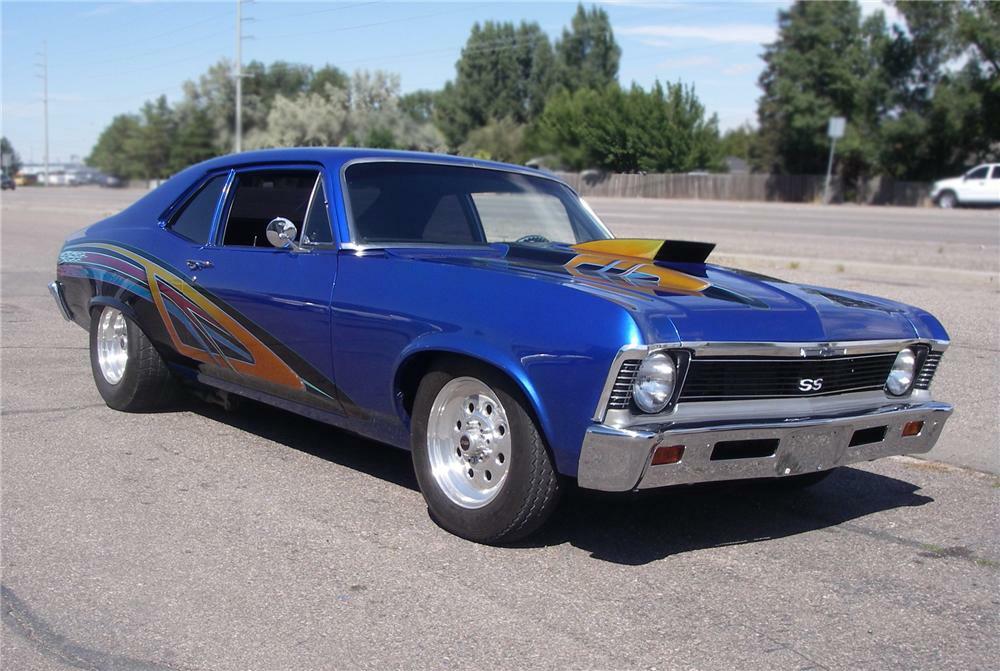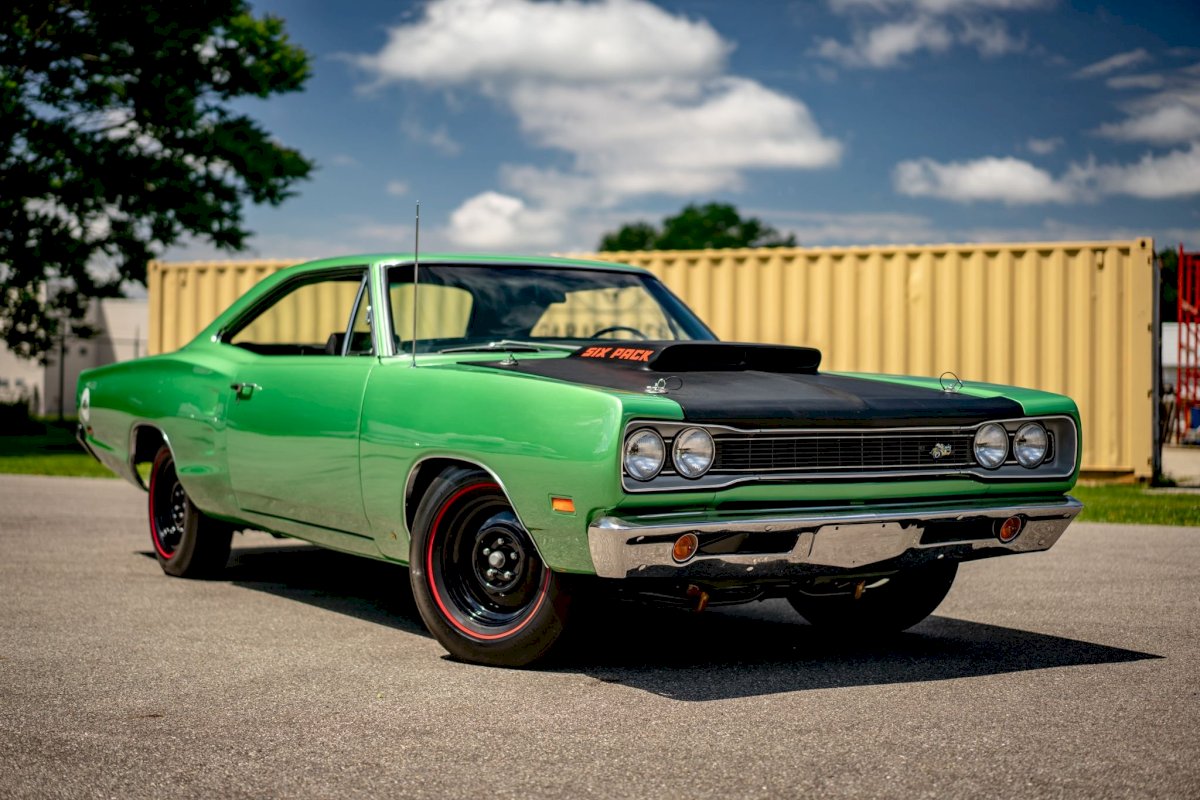In the tumultuous landscape of the automotive world, the 1970 Plymouth Satellite stands as a symbol of an era that glorified power, speed, and unbridled performance. This muscle car, born in the heart of the golden age of American muscle, represented a culmination of design prowess and engineering excellence. Let's delve into the essence of the 1970 Plymouth Satellite and explore why it remains a revered icon among enthusiasts and collectors alike.

Design and Styling

The exterior design of the 1970 Plymouth Satellite is a visceral expression of the muscle car ethos. Bold, aggressive, and unmistakably American, the Satellite embraced a wide stance and a distinctive profile that screamed power. The front end featured a bold grille, flanked by dual headlights, while a shaker hood scoop and racing stripes added a touch of performance-oriented flair. The aerodynamic lines and sculpted curves not only contributed to its visual appeal but also hinted at the formidable power concealed beneath the hood.

The interior of the '70 Satellite mirrored its exterior – a harmonious blend of functionality and style. Bucket seats, a center console, and a sporty steering wheel welcomed the driver into a cockpit designed for performance. Simple yet effective, the interior elements reinforced the notion that the Satellite was a car meant for driving pleasure and speed.

Power and Performance

At the heart of the 1970 Plymouth Satellite beat a range of potent engines, each more formidable than the last. The lineup included the legendary 426 Hemi V8, the 440 V8, and various other high-performance options. The 426 Hemi, in particular, became synonymous with brute force, delivering a staggering 425 horsepower and 490 lb-ft of torque. This powerhouse engine propelled the Satellite from 0 to 60 mph in mere seconds, leaving a thunderous roar in its wake.

The '70 Satellite wasn't just about straight-line speed; it showcased a well-tuned suspension and precise steering, providing a balance of power and handling. Whether tearing down the quarter-mile or navigating twisting backroads, the Satellite offered a driving experience that captivated enthusiasts and left an indelible mark on the muscle car legacy.
Variants and Special Editions

The 1970 Plymouth Satellite also boasted a range of variants and special editions, catering to a diverse audience with varied preferences. The Road Runner, a performance-oriented variant, embodied the no-nonsense, bare-bones approach to muscle cars. Stripped of unnecessary features, the Road Runner focused on delivering pure power and speed at an affordable price, making it a favorite among budget-conscious enthusiasts.

For those seeking a blend of luxury and performance, the Satellite Sebring Plus offered an upgraded interior and additional comfort features. This variant appealed to a different demographic, showcasing the versatility of the Satellite platform.
Legacy and Cultural Impact

The 1970 Plymouth Satellite marked the pinnacle of the muscle car era, and its legacy continues to reverberate through the automotive world. The combination of striking design, powerful engines, and visceral performance left an indelible imprint on American car culture. The Satellite's prominence in popular media, including movies and television shows, further solidified its status as an enduring symbol of muscle car might.

Today, the '70 Satellite enjoys a cult following among collectors and enthusiasts. Restored models fetch high prices at auctions, and the car remains a sought-after piece of automotive history. Its influence can be seen in the design cues of modern muscle cars, as manufacturers pay homage to the golden age of American muscle through retro-inspired models.
Conclusion

The 1970 Plymouth Satellite encapsulates the spirit of a bygone era, where muscle cars reigned supreme on American roads. Its bold design, powerful engines, and uncompromising performance make it a timeless icon among automotive enthusiasts. As we reflect on the golden age of muscle cars, the '70 Satellite stands as a testament to a time when the roar of a V8 engine represented the epitome of driving excitement and freedom on the open road.


